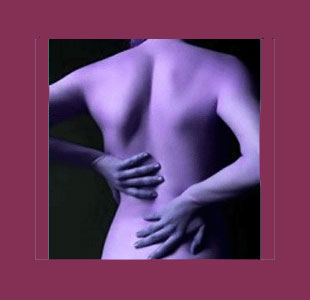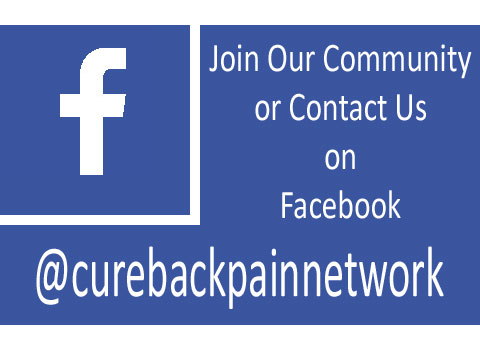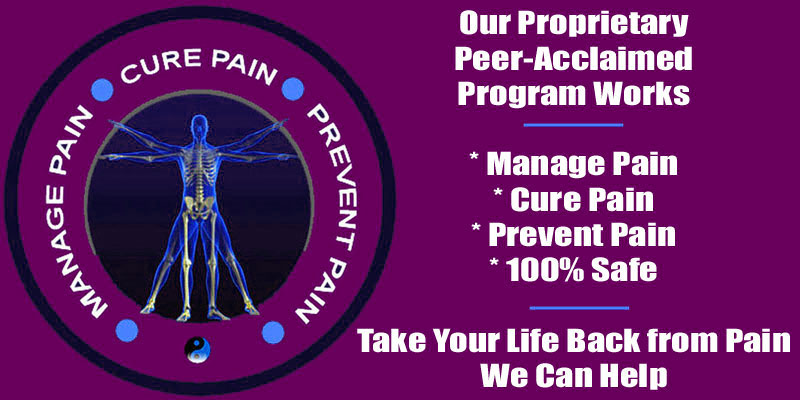
Many readers are searching for a scoliosis definition that is not biased or designed to impart a nocebo effect to those reading it. This can be challenging, since the medical industry still has constituents that view scoliosis as a great money-maker, thereby encouraging practitioners to vilify the condition for the sake of profitability. Meanwhile, we at The Cure Back Pain Network understand that the monetary motivations of healthcare workers should never dictate the definition, diagnosis or treatment of any health-related condition. Therefore, we examine the subject of scoliosis from an impartial point of view in order to define and explain the condition to those affected by it directly or indirectly.
This essay explores an objective definition of scoliosis based on the very latest and most enlightened views of the condition. We will set the record straight when it comes to defining exactly what scoliosis is and what it is not.
Scoliosis Definition – What It Is
Scoliosis, by classical definition, describes an atypical side-to-side curvature of the vertebral column. This curvature can be observed when viewing the body from the dorsal or anterior plane. However, a more complete definition of scoliosis includes the possibility that the patient might also demonstrate atypical front to back curvatures affecting the extent of lordosis and/or kyphosis at various regions of the spine. Additionally, the patients might also demonstrate rotation of vertebral bones due to the changes expressed on typical curvature patterns.
Scoliosis can be caused by various known and unknown factors. It can occur before birth, during infancy, during childhood, during adolescence or during adulthood, with case-specific circumstances being responsible for each case profile.
Taking all of these facts into consideration, we propose the following complete definition of scoliosis as viewed currently within the medical establishment: Scoliosis is a condition that alters the typical curvature of the spine, inherently including side-to-side changes, as well as possible front-to-back and rotational alterations to the architecture of the vertebral column, that is caused by known or unknown circumstances at any stage of life.
Scoliosis Defined – What It Is Not
Scoliosis is a condition that is not well understood by most people. Typically, it is viewed as harmful and even pathological to general health, since it creates visual deformity of structure and possible negative influence on function.
Scoliosis is not uncommon, affecting between 3 to 5% of the general population in any given area of the world. In fact, a large number of people demonstrate very minor side-to-side curvatures of the spinal column that do not qualify as true scoliosis, since they do not exceed 10 degrees, but are still not considered textbook “normal” for a typical spine.
Scoliosis is not a disease. It can not be cured. There is no medication that can reverse it. Scoliosis is also not inherently pathological, with most cases being mild and not functionally affecting to any significant degree. It must be made clear that pain associated with scoliosis represents the gross exception to the rule. Most people with mild to moderate scoliosis have no pain and will never develop it in association with their atypical curvature. Even many people with severe and extreme scoliosis have no pain, even though they might endure other symptomatic expressions from their advanced curvatures. Scoliosis does not sentence any diagnosed patient to a future filled with pain or disability.
Scoliosis Definition Clarified
Hopefully, this essay will help you to better understand what scoliosis truly is and what it is not. As we write throughout our many web resources, including this site, the psychology of the condition is just as important to the development of symptoms as the physical parameters of the condition. So many patients experience pain and functional disability due to the nocebo effect of the diagnostic process, rather than due to any anatomical issue created by their scoliosis.
Understanding and acceptance of the condition will greatly diminish the chances of suffering any symptoms from scoliosis now or ever. Meanwhile, fearing the condition or allowing oneself to become a pawn of a greedy treatment industry will likely create lifelong troubles, including chronic pain, functional deficits and horrific anxiety.
Scoliosis > What is Scoliosis? > Scoliosis Definition





